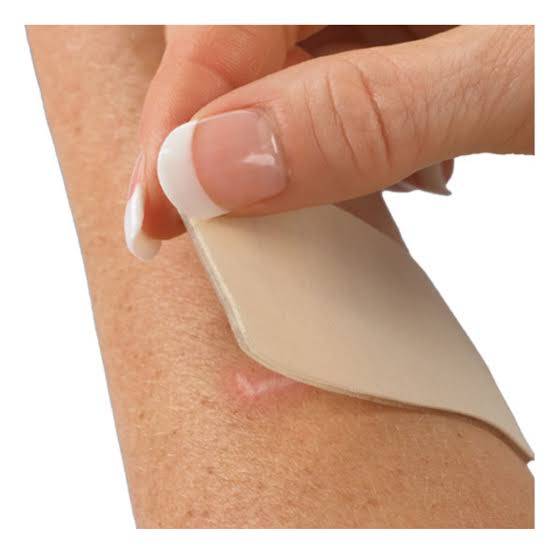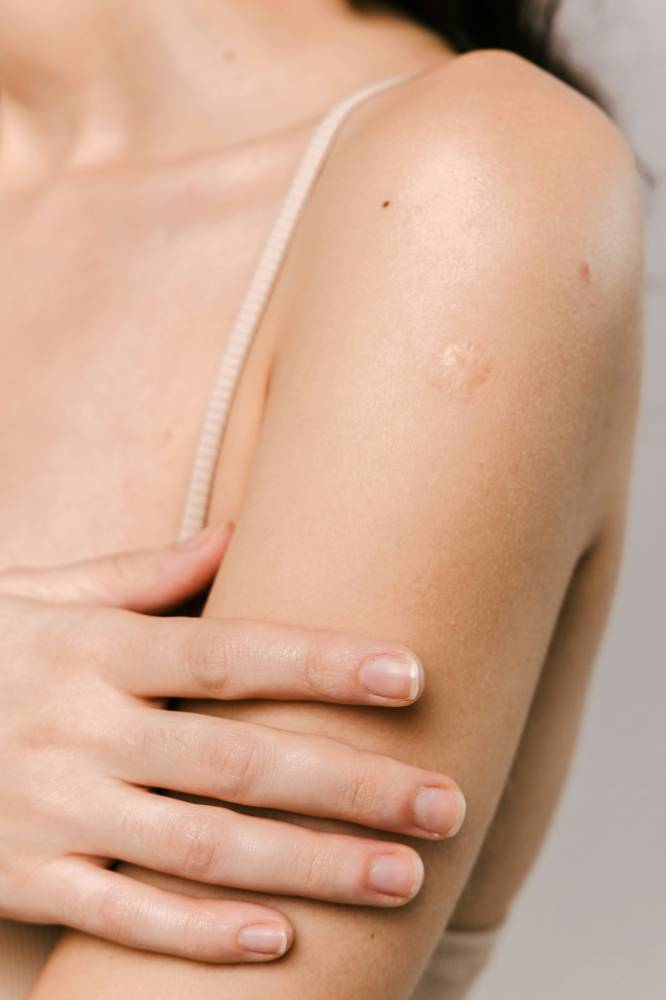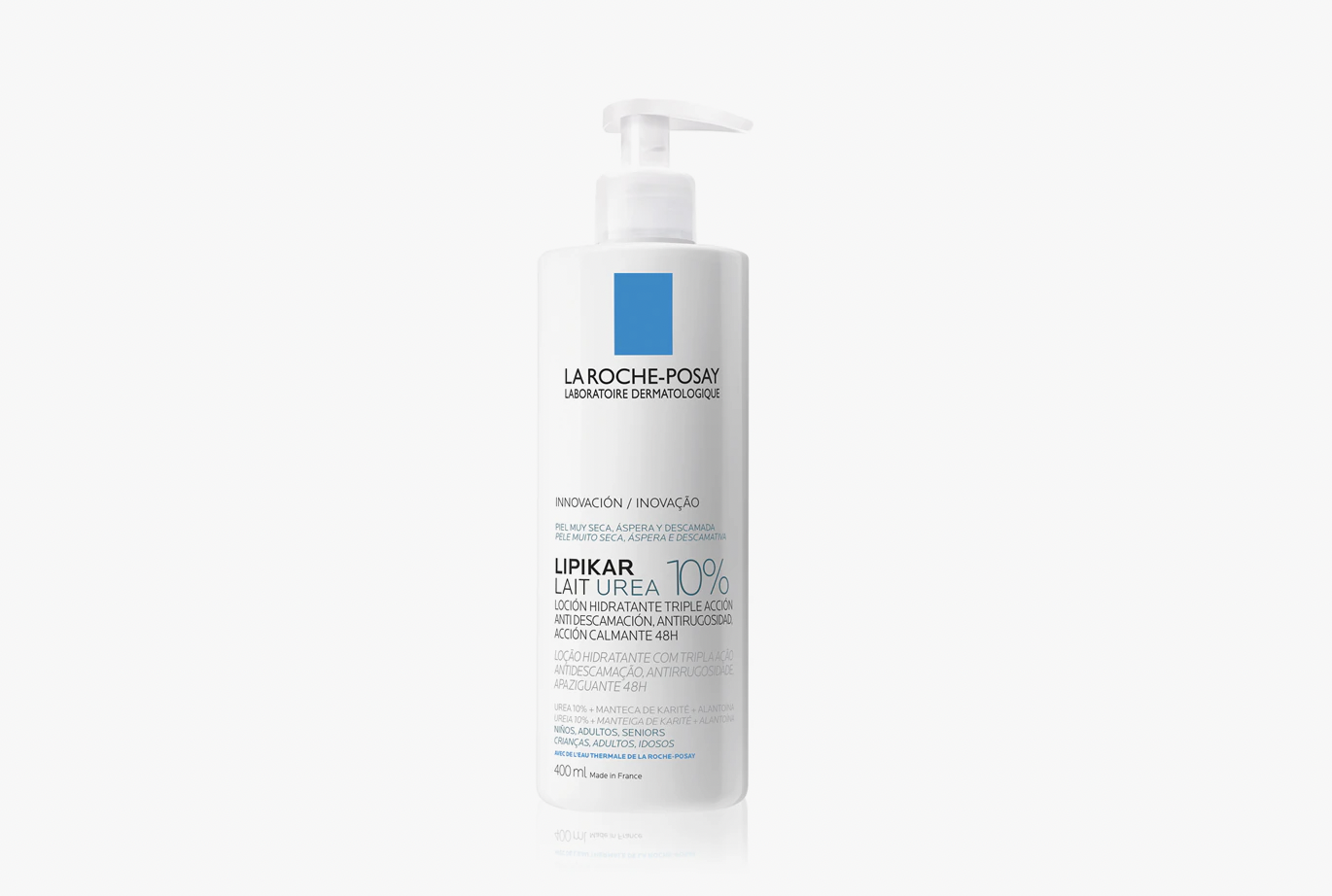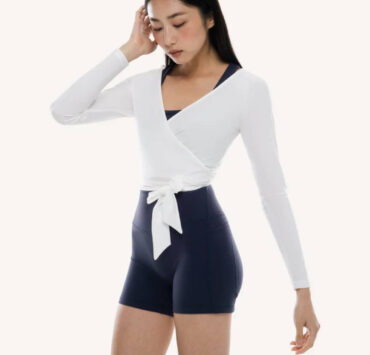Do silicone gel sheets really work on scars?

Scars are like unwanted souvenirs—you never ask for them, but you end up stuck with them anyway. Maybe yours came from a surgery, a bike accident, or a kitchen mishap. Mine? An iron burn. It happened while I was rushing through my chores. Yes, I’m in my 20s, but clearly still a rookie at housework. Three months later, the scar was still there: dark, flat, and refusing to leave, like it owns the place.
Scars can easily become insecurities. Large or visible ones, in particular, can take a toll on a person’s confidence and overall quality of life. And while some fade quietly over time, others are determined to leave a permanent mark.
Then, silicone gel sheets suddenly started trending all over the internet. People were posting before-and-after photos, swearing they worked wonders on scars. Some even tried them on acne marks. Sellers on TikTok were hyping them up as miracle fixes, claiming they could fade everything from burn marks to stretch marks.
Of course, it’s easy to be skeptical. The internet has a new “holy grail” every week. But it turns out, silicone sheets aren’t just another viral product. Doctors have actually been using them for decades to help flatten scars and reduce redness.

What is a silicon gel sheet?
Silicone gel sheeting (or SGS, as experts call it) has been used in scar therapy for over 30 years. It was first discovered by Australian researcher Kate Perkins, who noticed that scars improved when silicone was used as part of a dressing.
This kind of silicone is a soft, flexible, self-adhesive layer you place directly over a scar—almost like giving your skin a gentle, protective hug. It helps improve the color, size, and texture of scars, while also soothing discomfort.
Scars, however, come in different forms. Keloid scars are the drama queens of the bunch, growing beyond the wound and sometimes returning even after removal. They often appear as raised, shiny bumps that can be pink, red, or darker than the surrounding skin. Hypertrophic scars look similar but stay within the wound’s boundary, often appearing on areas under tension like the shoulders or neck. There are also contracted scars, common from burns or deep injuries, which can tighten the skin and restrict movement. And of course, pitted scars—tiny dips left by acne that tend to linger on the face long after the breakouts are gone.
Among all these, silicone gel sheets work best for hypertrophic scars—fresh, red, slightly raised marks that are still in the active healing stage.

But do they really work?
Researchers have tested silicone gel sheets in countless clinical studies, and the results have been consistently promising. In one study, patients with new hypertrophic scars used silicone sheets for three months, about 12 hours per day. To objectively measure the improvement, scientists used an extensometer (a tool usually used by geologists) to test how flexible the skin became during healing.
The results were clear: After two months, the scars became softer, flatter, and more elastic, with visible improvements that lasted even after patients stopped using the sheets.
When used consistently and correctly, silicone gel sheets can help reduce the following symptoms of a scar:
- Dryness
- Pigmentation
- Stiffness
- Itchiness
- Redness
- Size
- Swelling
However, not all scars respond the same way. Fresh scars show the most improvement, while older scars (over a year old) often change very little. And keloids, unfortunately, tend to remain stubbornly unaffected.
How to use it
If you’re planning to try silicone gel sheets, make sure to apply them only once the wound is fully closed and the skin is clean and dry. Cut the sheet to fit your scar, wear it for about 12 hours a day, and clean it regularly with mild soap and water. Avoid wearing it 24/7 to prevent irritation or maceration (when the skin becomes too soft).
Consistency is key—you might start noticing visible results in about two months.
Cream versus gel sheet
Both silicone creams and gel sheets contain the same active ingredient and work in similar ways, but they have different advantages. Yes, silicone creams are great for areas like the face or joints—where a sheet won’t stick well—but the question arises whether they are as effective. One potential limitation is the chance that the cream gets rubbed off.
Silicone gel sheets, on the other hand, are ideal for larger or flatter scars on the body. They stay in place, create a controlled healing environment, and are easy to remove and reuse.
Even though silicone gel sheets have taken over the internet. It’s still best to check if they’re right for you before joining the hype. Not every scar or skin type reacts the same way, so it’s smart to consult a dermatologist first to know if silicone therapy suits your specific condition.
Also, be cautious about where you buy them. The internet is full of imitation products claiming to be “medical-grade” silicone, but not all are legitimate. Always purchase from verified sellers, pharmacies, or trusted dermatology clinics to ensure you’re getting the real thing—your skin deserves no less.

















